
Week's Best Space Pictures: Antares Falls, Mars Mystifies, and the Sun Rises
By Dan Vergano, National Geographic News, 31 October 2014.
By Dan Vergano, National Geographic News, 31 October 2014.
A sunrise consoles space station crew after the loss of an unmanned Antares supply rocket, with Mars and the stars offering more consolation.
1. Sun Also Rises
One day after the loss of an International Space Station supply rocket, NASA astronaut Reid Wiseman posted this sublime view of the sunrise on the Earth's horizon.
"Not every day is easy. Yesterday was a tough one," Wiseman said on Twitter, referencing the loss of the Cygnus supply spacecraft aboard the rocket, which was carrying 5,050 pounds (more than 2,260 kilograms) of experiments, equipment, and fuel to the orbiting lab.
The space station has at least four months' worth of food aboard, NASA says, with more supplies on the way.
2. Raining Fire
A launchpad throws off sparks from burning rocket fuel, in the aftermath of the October 28 explosion of the unmanned Antares rocket. (See "Why NASA Blew Up a Rocket Just After Launch.")
Still under investigation, the explosion occurred in the first seconds of the rocket's launch, after safety officers sent a self-destruct signal to the rocket once they realized its ascent had stalled. (See "40-Year-Old Russian Engine at Heart of Rocket Investigation.")
3. Desert Blooms
Scattered high points on the bed of Australia's Lake Mackay set off blooms of algae and desert plants baked by the sun, as seen by NASA's Terra spacecraft. The ephemeral salt lake is the second largest lake in Australia.
4. Cosmic Mayhem
Stars (glowing blue) sprung from their home galaxies fill this Hubble Space Telescope view of Abell 2744, nicknamed Pandora's Cluster.
Belonging to a group of nearly 500 galaxies, the cluster ejected the stars over a period of some six billion years, shredding six galaxies in the process.
5. Lava Soufflé
An impact crater on Mars poses a puzzle for planetary scientists, seen in this October 29 scene from NASA's Mars Reconnaissance Orbiter.
The lava inside the crater sits much lower than the lava stream seemingly flowing away from the crater on its northern rim. So how did lava flow uphill over the rim?
Most likely, scientists say, the crater lava rose like a cake in a pan, initially fed by lava flowing into it from the north. As the lava level rose, some of the molten rock spilled back out to the north. Then the crater's lava dome deflated as it cooled, like a fallen soufflé, leaving only the lined crater behind as a mystery.
6. Warring Galaxies
Hot gas swirls in a purple whirl in this Chandra X-ray Observatory view of the Perseus galaxy cluster.
Turbulence in these gas flows among groups of galaxies likely raises their temperature, forestalling the gas from cooling and condensing to form young stars, suggest Chandra scientists.
7. Between Two Towers
Photograph by Ladanyi Tamas, TWAN
Saturn and the moon enjoy a close moment over the Hungarian countryside in this shot from photographer Ladanyi Tamas.
Perched between the Fire Tower (left) and Reformed Church in Veszprém, Hungary, the planet approaches the moon moments before it slides behind the lunar disk, an "occultation" of the smaller-seeming ringed world. Nine occultations of Saturn took place in 2014.
Photo gallery by Nicole Werbeck.
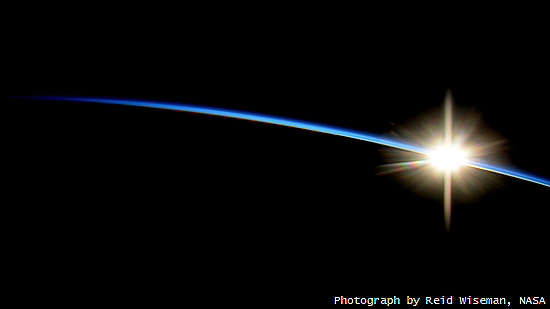
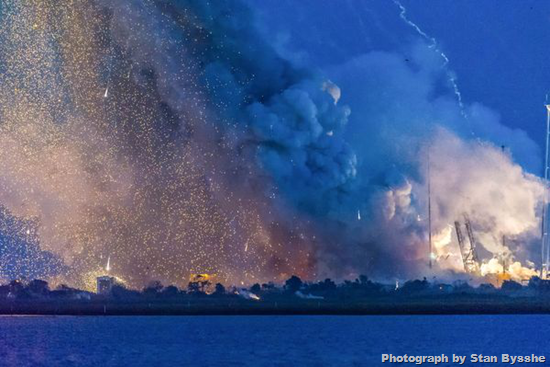
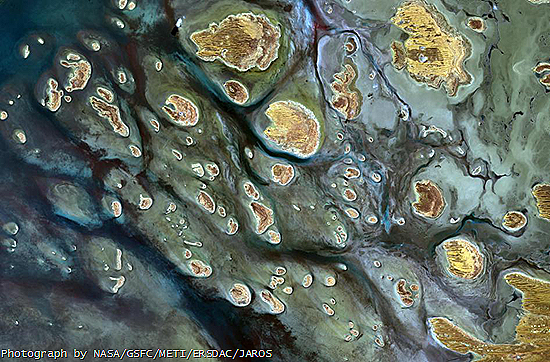
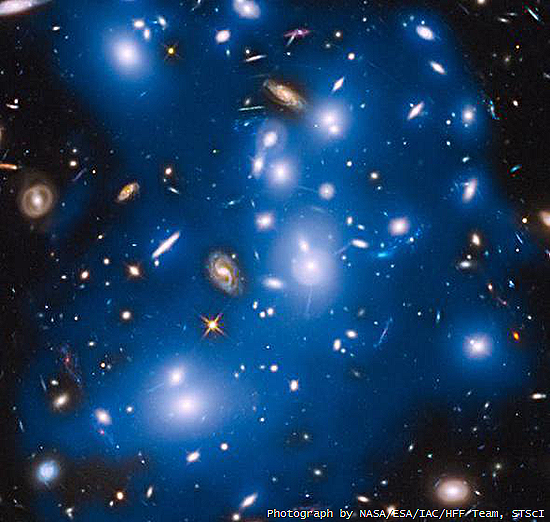
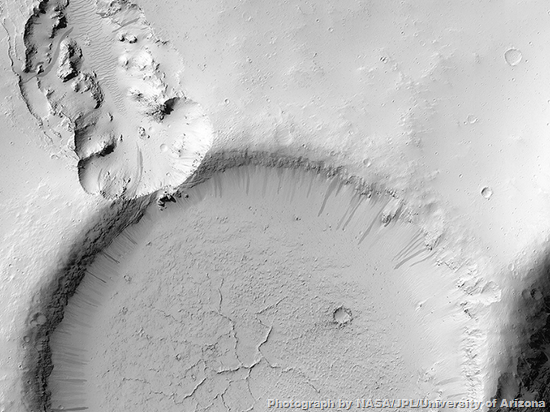
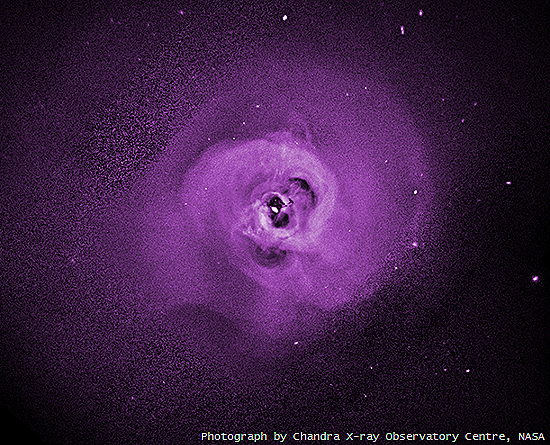

No comments:
Post a Comment
Please adhere to proper blog etiquette when posting your comments. This blog owner will exercise his absolution discretion in allowing or rejecting any comments that are deemed seditious, defamatory, libelous, racist, vulgar, insulting, and other remarks that exhibit similar characteristics. If you insist on using anonymous comments, please write your name or other IDs at the end of your message.